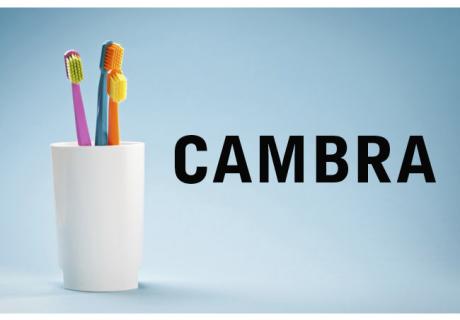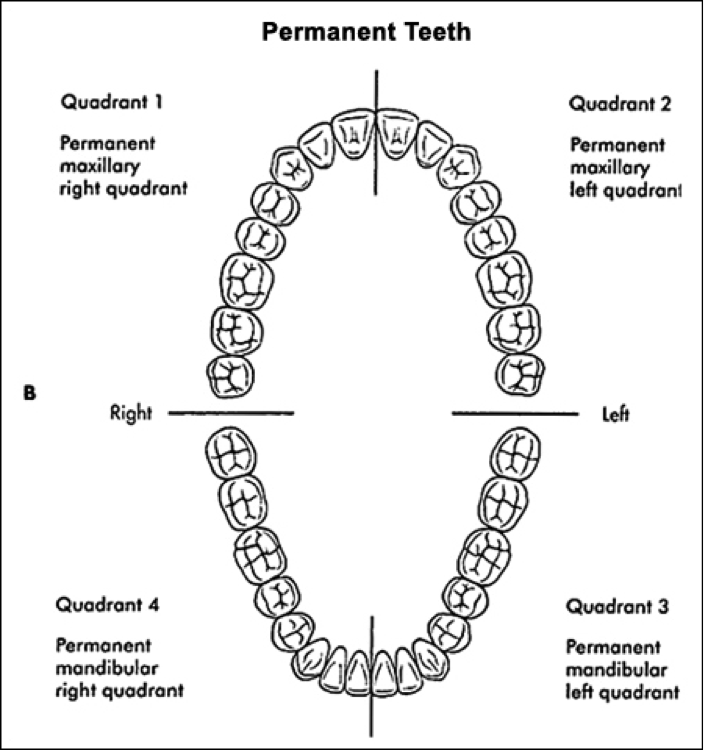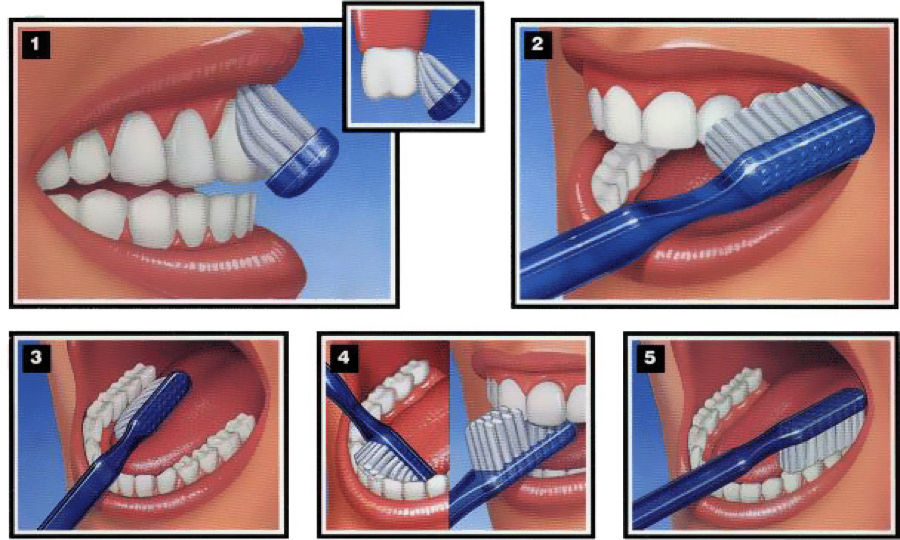At Thousand Oaks Family Dentistry, we tend to ask a lot of questions. Some of them are are expected (“Do you floss regularly?”), while others (“What type of water do you drink?/Do you chew gum?”) might raise some confusion. While our investigations might seem slightly tedious, they are critical to our practice philosophy and how we treat our patients. These questions are part of a revolutionary preventative dentistry strategy known as CAMBRA.
CAMBRA, or Caries (cavity) Management By Risk Assessment is a series of weighted factors and criteria that allow dentists to quickly and effectively determine tooth decay risk. By going over your dietary habits, home care techniques and medical history, we can obtain an accurate picture of how your tooth decay will progress (or continue to stay static) in the coming years. While this isn’t a “crystal ball” looking into your smile’s future, it is the best marker we have at determining your unique oral health situation.
This screening technique relies on a simple thought process: if your habits and lifestyle lend themselves to an acidic, dry or bacteria prone mouth environment, then you will be at a greater risk for tooth decay. While this may seem obvious, what CAMBRA does is determine which factors are the most destructive, which ones can be “treated” and which ones are based on habits or lifestyle. Using this information, we can help our patients better manage their tooth decay, ultimately resulting in fewer office visits, fillings and incidences of dental discomfort.
Once we have determined your risk for tooth decay, we can make recommend products that can help you better manage your unique risks. One of these great products is Carifree Ctx3. This mouthwash-like rinse combines pH neutralization (to minimize mouth acidity), fluoride (to rebuild enamel) and xylitol (to naturally inhibit acid-producing bacteria). We love this rinse because it targets three of the decay cornerstones outlined in CAMBRA in an easy and convenient delivery method.
Here is an example of how CAMBRA works: A 24 year old male comes in with and is diagnosed with a cavity on one of his molars. We go over his medical history and see he is taking medications that cause dry mouth. When discussing his eating habits, we find that he is a frequent snacker and enjoys sticky, processed foods. Finally, we note that he almost exclusively drinks bottled water and sports drinks. Using CAMBRA, we can determine that his tooth decay risk is likely caused by his medication and eating/drinking habits. We then recommend that he considers cutting back on snacking and sticking to 3 meals a day, stops drinking sports drinks (when not necessary) and starts drinking more filtered water, to both counteract the dryness caused by his medication and add fluoride exposure. While we will still need to treat his current tooth decay, we have now given him the knowledge and tools to better manage his oral care in the future.
At our office, we treat every patient as a unique individual with unique needs. This is why CAMBRA fits so well with how we perform dentistry. It is not a one-size-fits-all approach, but rather a dynamic diagnosing tool that flexes with you. We are proud to operate our office on the CAMBRA model, and are incredibly satisfied with the results our patients have seen!











